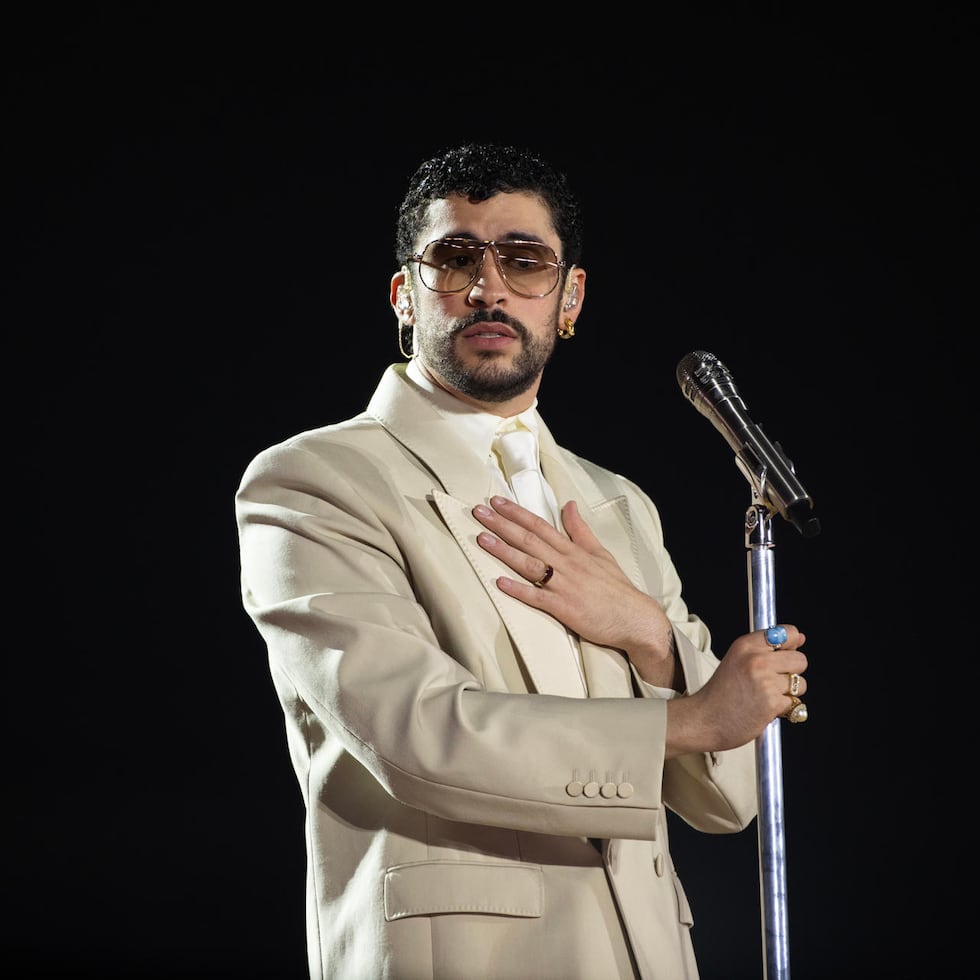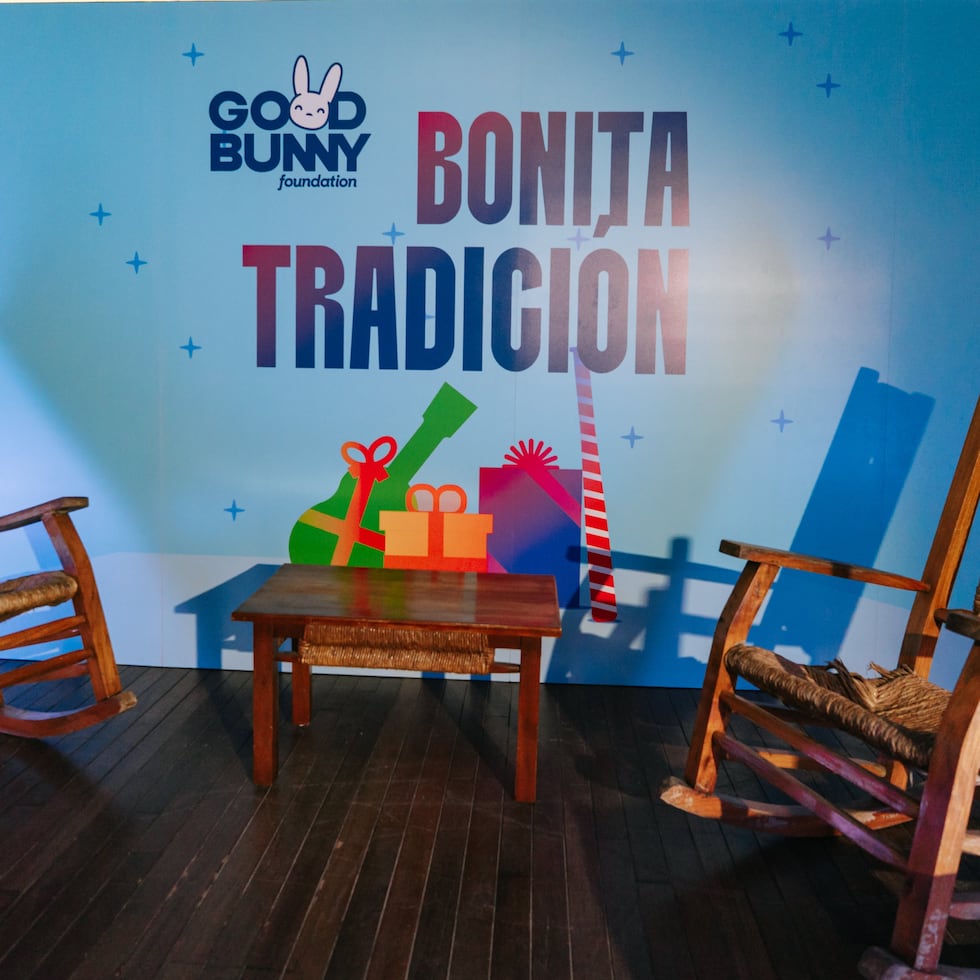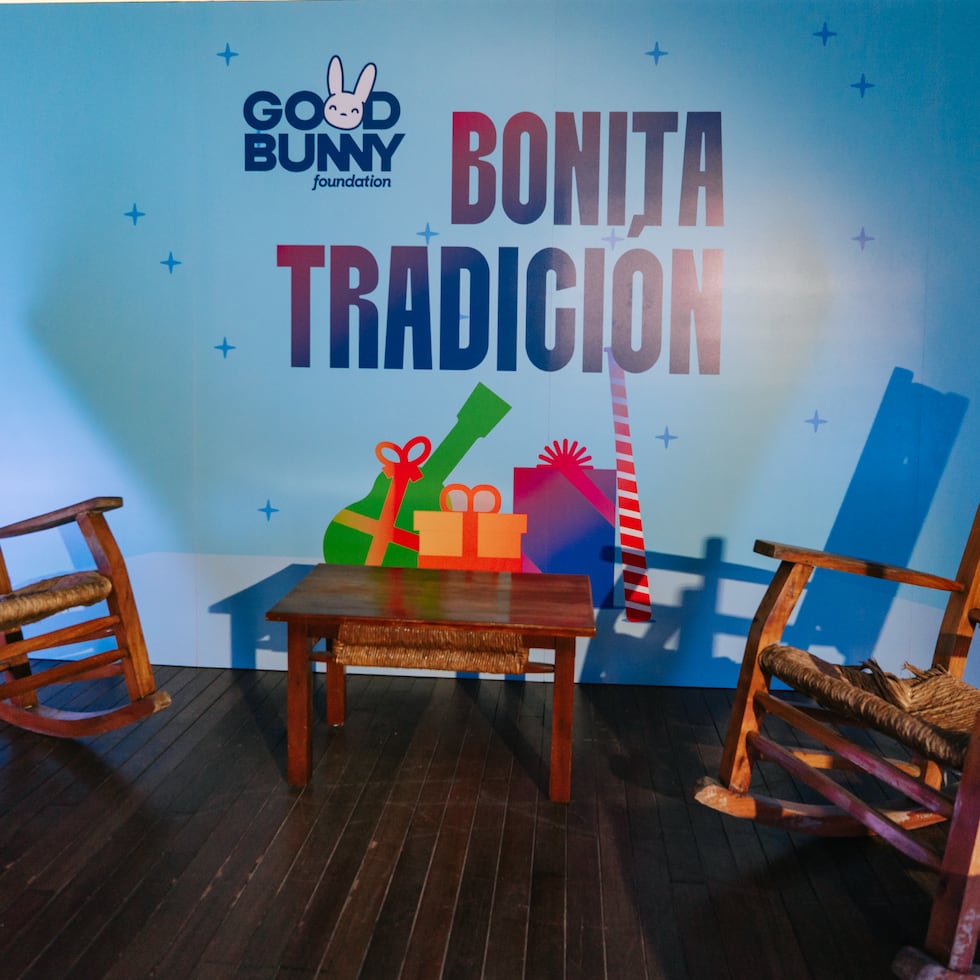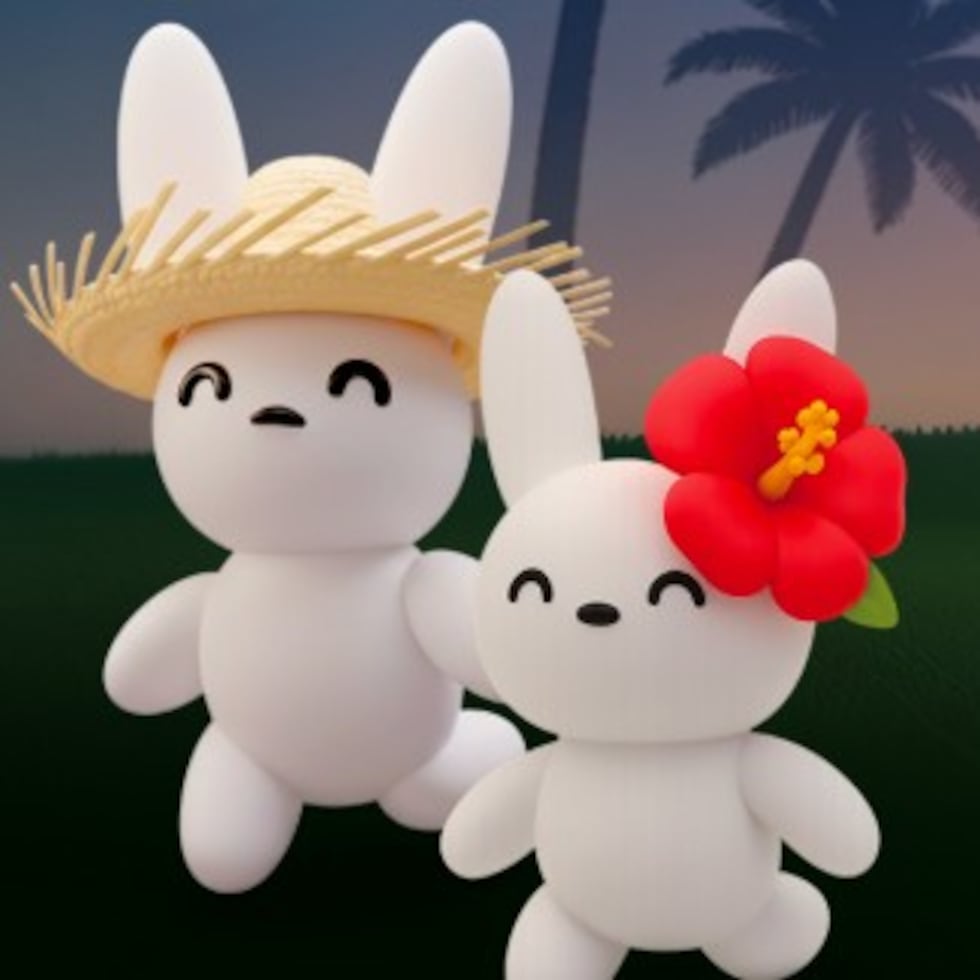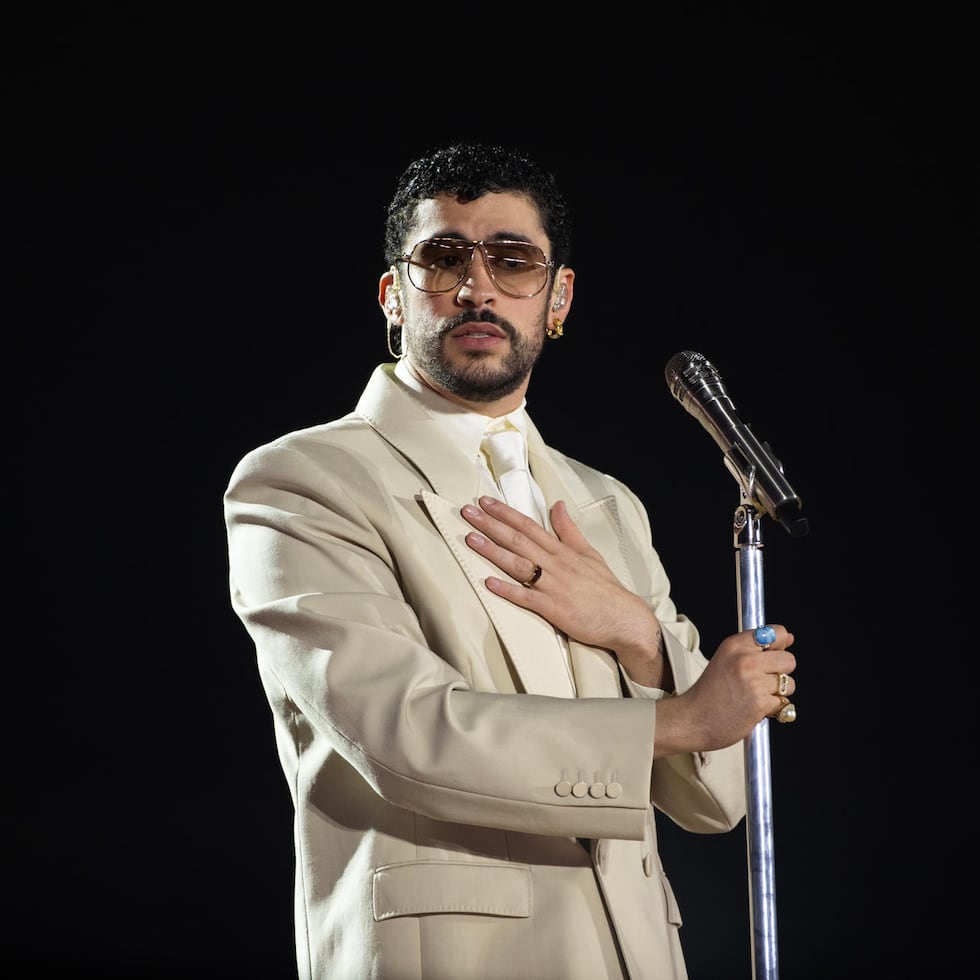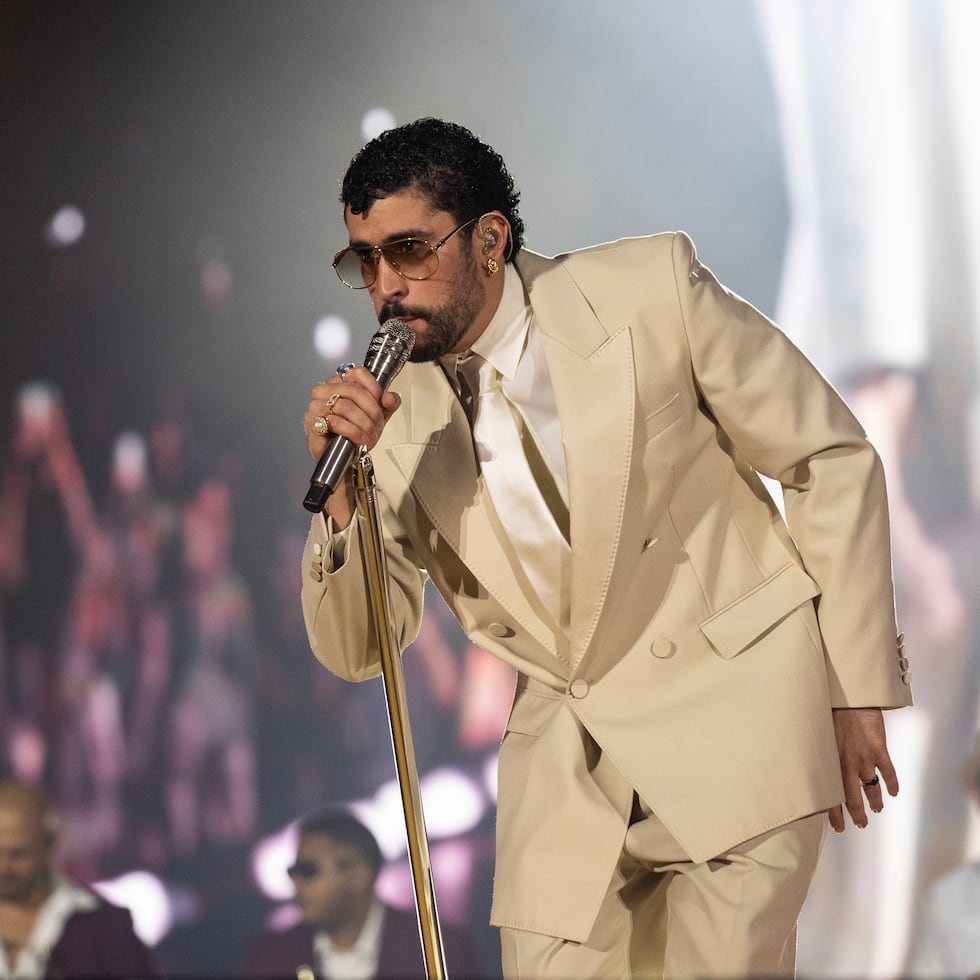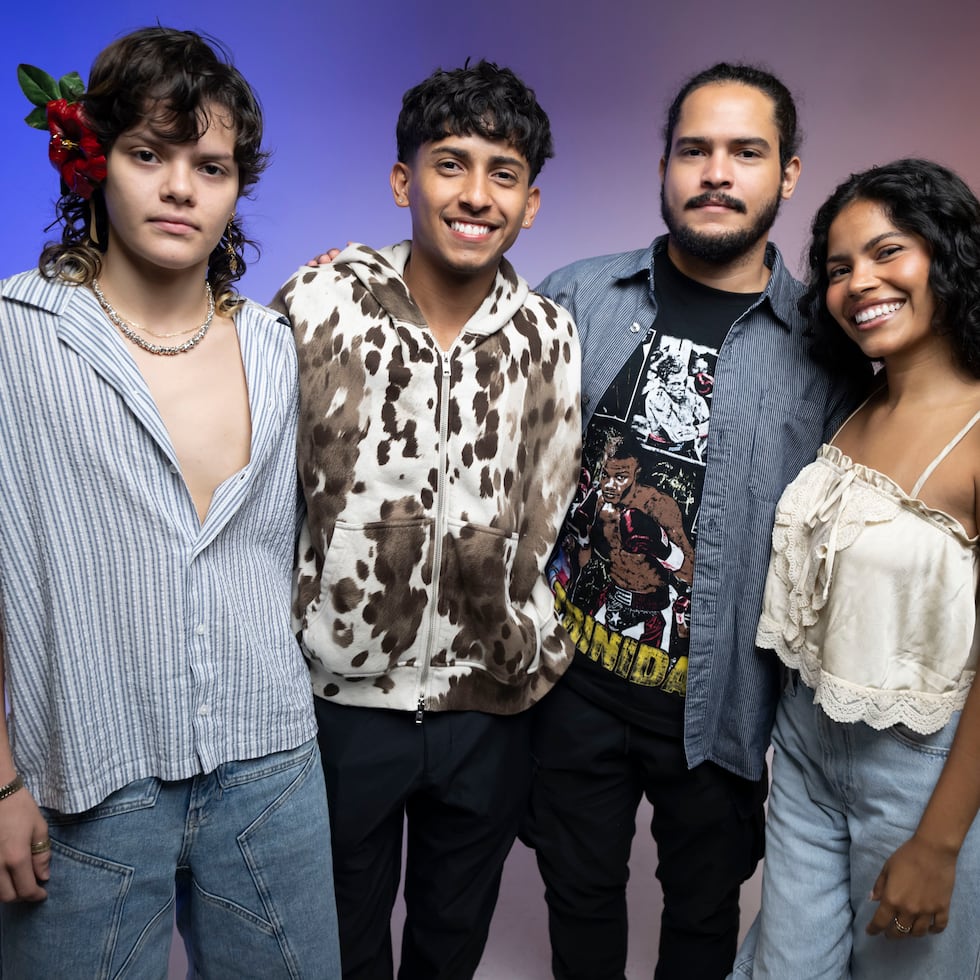Bomba: The african heartbeat that resonates in Puerto Rico

Bomba is a genre that is deeply rooted in the African heritage of Puerto Ricans. Historians trace its origins back to the era of slavery on the island, particularly to the celebrations that plantation owners allowed enslaved people to hold on special occasions, such as the end of the sugarcane harvest in coastal towns.
The instrumentation is primarily percussive, using large drums—called barriles—that are placed upright on the ground and give the genre its name. The larger drum is known as the “buleador” or “burlador,” and the smaller one is called the “subidor” or “primo.” The “subidor” plays in response to a solo dancer’s movements, creating a kind of duel between drummer and dancer. A portable percussion instrument called the “chékere” is also used—made from a gourd surrounded by a mesh of shells or beads.
Bomba encompasses a wide variety of rhythms brought to the Caribbean by enslaved Africans. These include “cocobalé,” “yubá,” “gracimá,” “leró,” “cuembé,” and “sicá.” This diversity means that bomba brought together African rhythms that had never coexisted on the same continent. The music is characterized by short, repetitive phrases and rhythmic breaks. Songs typically feature a call-and-response dynamic between a lead singer and a chorus.
The dance can be performed in pairs, but each dancer moves independently, responding to the rhythm of the drums. The drummer sets the beat, and the dancer replies with movement. Women typically wear long skirts, which they swirl to the rhythm of the music. Men, on the other hand, stand tall with a dignified and elegant posture. Their hands move around the female dancer without touching her—inviting her to dance. Dancers take turns, engaging in a kind of conversation with the drum. They face the percussionist and mirror the drumbeats with their movements. The dancer showcases their skill by matching the drum’s syncopation with footwork, moving forward and back in quick bursts.
The music and dance of bomba remain alive today thanks to institutions like the Don Rafael Cepeda Atiles School of Bomba and Plena. The Cepeda family has dedicated eight uninterrupted generations to promoting and preserving bomba. Other key contributors include Tamboricua, a dance school offering classes for all ages, and musical groups like Taller Tambuyé, La Tribu de Abrante, Paracumbé, and the Hermanos Ayala Folkloric Ballet.





